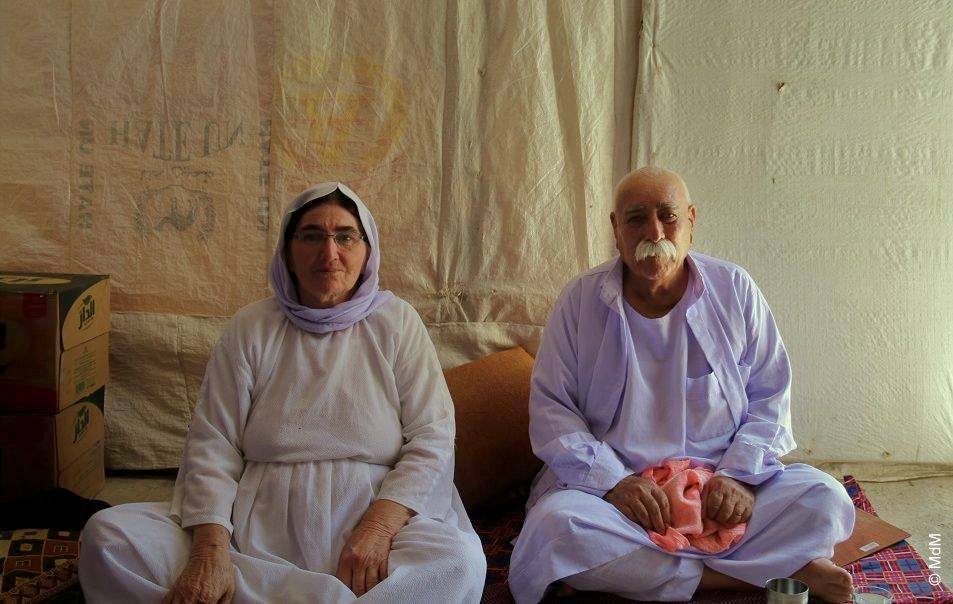Our conditions for returning home? – A safe and humane environment, with access to basic needs and services

Forced to flee their village in Sinjar, Ismael and Zere sought refuge in Chamesku camp, the largest IDP (Internally Displaced Persons) camp in Northern Iraq, which provides refuge for over 27 000 displaced civilians. It is mostly inhabited by the Yezidi community, who have been particularly targeted by ISIS (Islamic State of Iraq and the Levant/ al-Sham).
Zere recounts, “We have been living in Chamesku camp since 2014. We had no choice but to flee when ISIS invaded our village [in Sinjar]. I remember when we fled, leaving in the morning before they entered the village at 2 pm. They were not as lucky as we were, they did not escape. We were able to reach Iraq1 and ended up in this camp. It is not the first time that we have had to leave behind our homes, we have suffered persecution and forced displacement ever since 1975, but never have we experienced anything like what we went through 4 years ago. It is beyond description”.
“We haven’t heard from our former neighbors and friends since our arrival here, as they are scattered all over the place [among different IDP sites and over great distances]; this worries us. Life in the camp and as a displaced person is far from easy, we face daily challenges related to the lack of electricity and food; we are very much uncertain about the future”, she continues.
For both Ismael and Zere, returning to their homes in Sinjar is not an option, at least not until it is completely safe2. Ismael further explains, “I suffer from a chronic disease and as such need continuous access to medical treatment and a proper hospital. So long as this is not possible in Sinjar it is impossible for me to return”.